By Lisa E. Kirkwood
March 8th is International Women’s Day, and March of each year is Women’s History Month – a time to celebrate women’s contributions to history, culture, and society.
In honor of the extraordinary women pioneers from the past who paved the way for future generations, I dedicate this feature to them. Thank you for improving and transforming lives for all of us!
This brief history lesson mentions in chronological order only a few of my personal favorites, role models, and trailblazing women whom I personally admire and who can inspire anyone, women and men alike, in many ways.
Here are some highlights of their lifelong achievements and the lasting legacies they built.
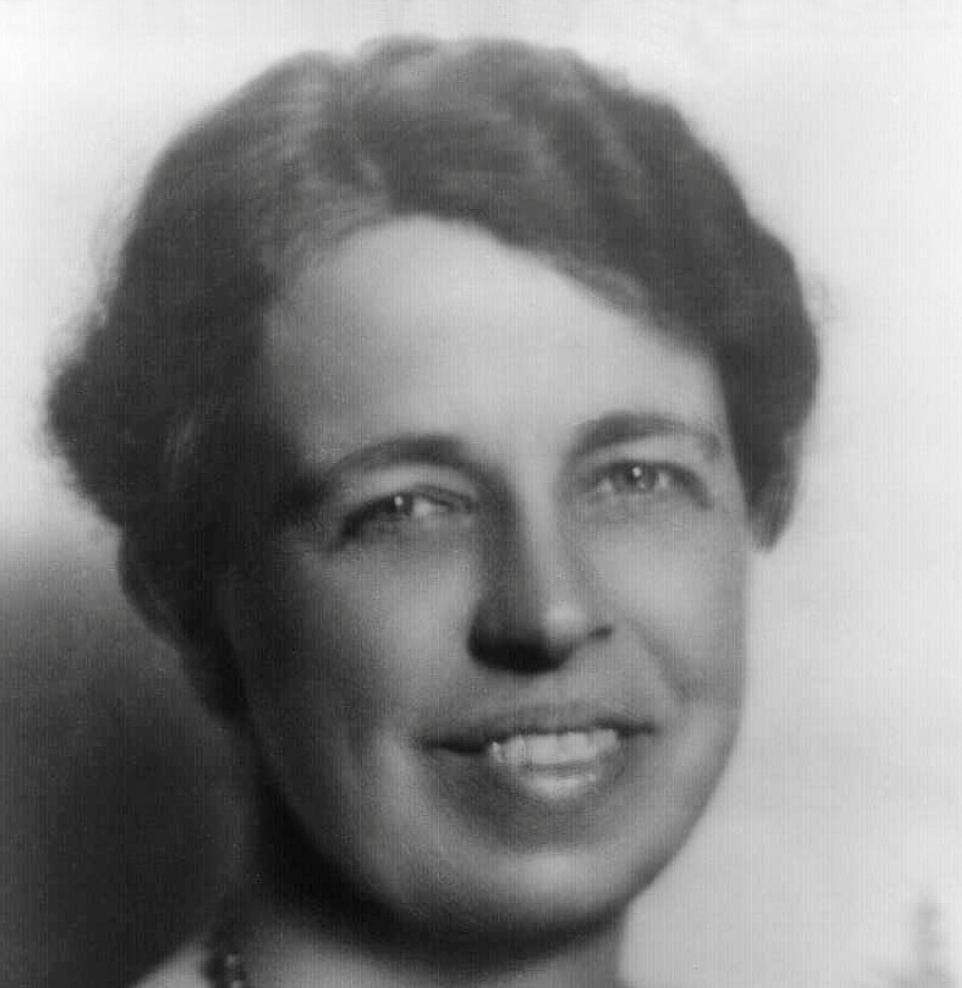
Elizabeth I
Queen of England (1533 –1603)
One of the world’s longest reigning monarchs a few centuries ago, she came to power in a male-dominated and ruled society, during a dark era when wars were raging on all continents.
During her decades-long reign, England became a global colonial power, culture and arts flourished, and Shakespearean theater was created. The queen had countless achievements, and two movie adaptations were made starring Kate Blanchett in the title role. The movies depicting her life shed some light on the historical facts and the complex relationships between social strata at that time.
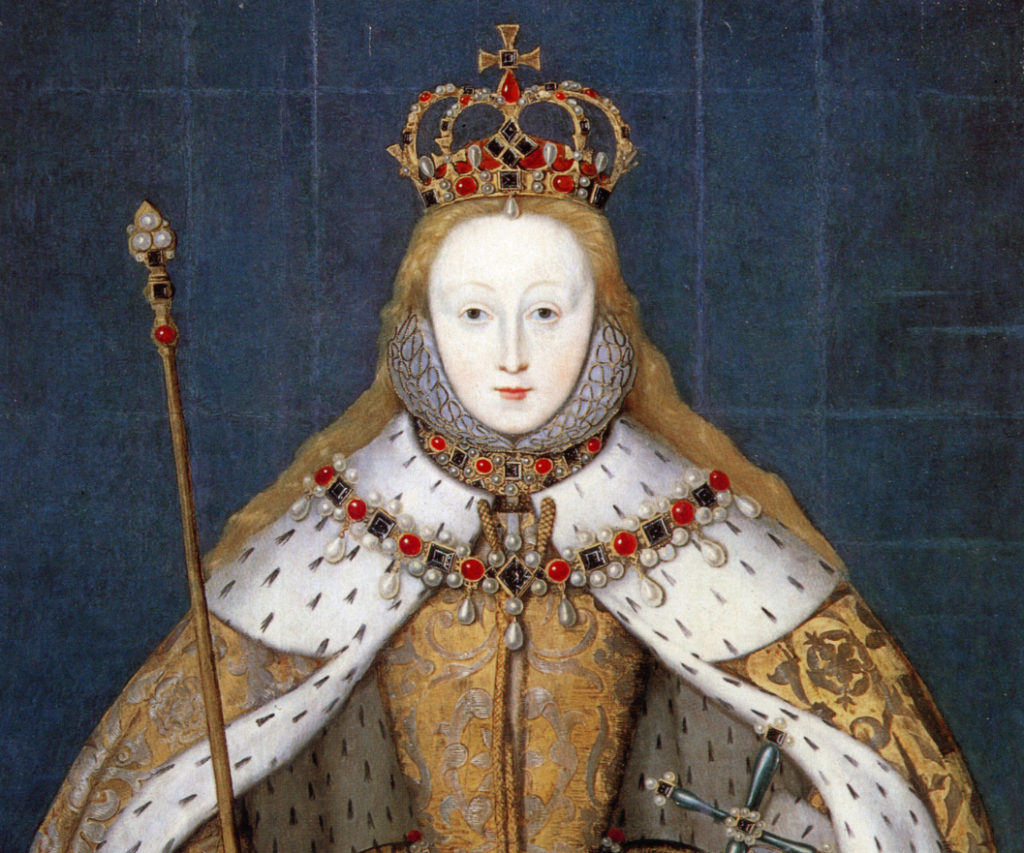
Despite criticism, excess, and controversy associated with colonialism, Queen Elizabeth I left a lasting and influential legacy, and the English language spread across the world being now the main language of communication between people of various nationalities.
Marie Curie
(1867 –1934)
A Polish and naturalized-French physicist and chemist who conducted pioneering research on radioactivity.
Since she was awarded the prestigious Nobel prize together with her husband, some people pointed out that she was just a contributor to her husband’s work, without giving her proper credit. Nonetheless, she was the first woman to win a Nobel Prize, the first person to win a Nobel Prize twice, and the only person to win a Nobel Prize in two scientific fields.
Marie Curie was also recognized for her huge contribution to finding treatments for cancer, and, in 1906, she was the first woman to become a professor at the University of Paris. She also received many honorary degrees from universities across the world.
In addition to helping to overturn established ideas in physics and chemistry, Marie Curie’s work has had a profound effect in society, where she had to overcome gender barriers to attain her scientific achievements. She has also become an icon in pop culture.
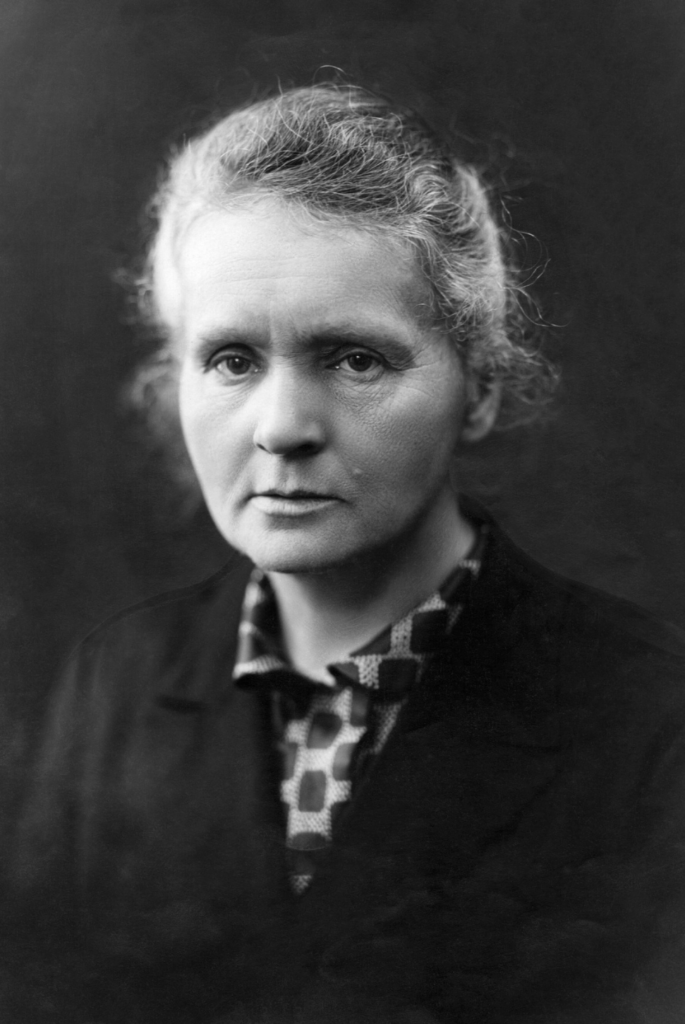
Amelia Earhart: An American aviation pioneer
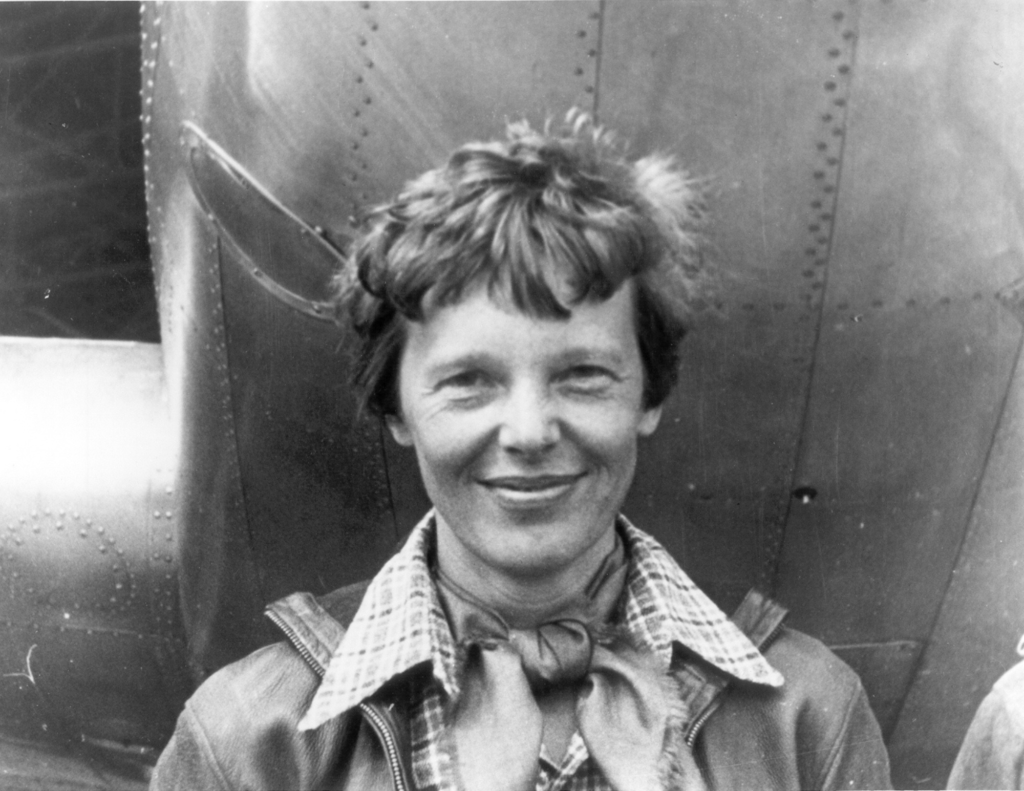
An American aviation pioneer and writer, born in 1897, she was the first female aviator to fly solo across the Atlantic Ocean, promoting aviation and competitive flying.
Although Earhart had gained fame for her transatlantic flight, her ideas on marriage were liberal for that time, as she believed in equal responsibilities for both breadwinners and proudly kept her own maiden’s name after marriage.
Earhart’s accomplishments in aviation inspired a generation of female aviators, including the more than 1,000 women pilots of the Women Airforce Service Pilots (WASP) who ferried military aircraft, towed gliders, flew target practice aircraft, and served as transport pilots during World War II.
Amelia Earhart was a successful and heavily promoted writer who served as aviation editor for Cosmopolitan magazine from 1928 to 1930. She wrote magazine articles, newspaper columns, and essays, and published two books based upon her experiences as a flyer during her lifetime.
The home where Earhart was born is now the Amelia Earhart Birthplace Museum and is maintained by The Ninety-Nines, an international group of female pilots of whom Earhart was the first elected president.
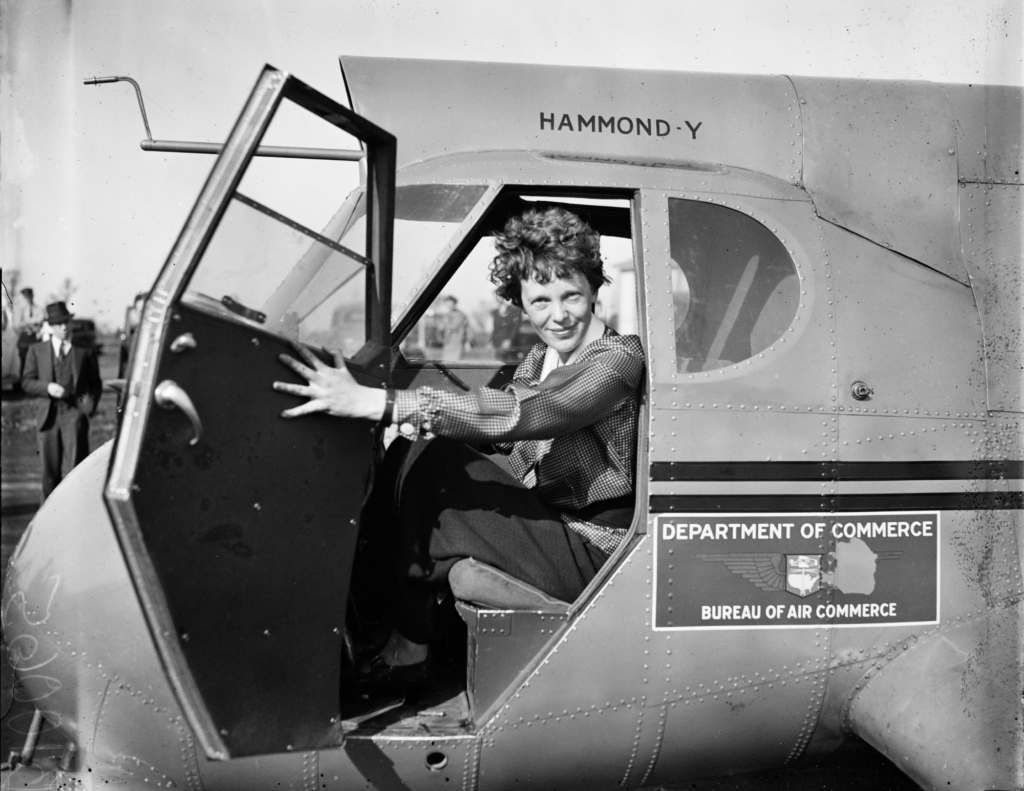
Her last flight and subsequent disappearance in 1937 at a relatively young age drove her to lasting fame in global culture. Hundreds of articles and scores of books have been written about her life, which is often cited as a motivational tale, especially for girls. Earhart is generally regarded as a feminist icon known in her lifetime and beyond for her charismatic appeal, independence, persistence, coolness under pressure, courage, and goal-oriented career.

Pearl S. Buck
1892-1973
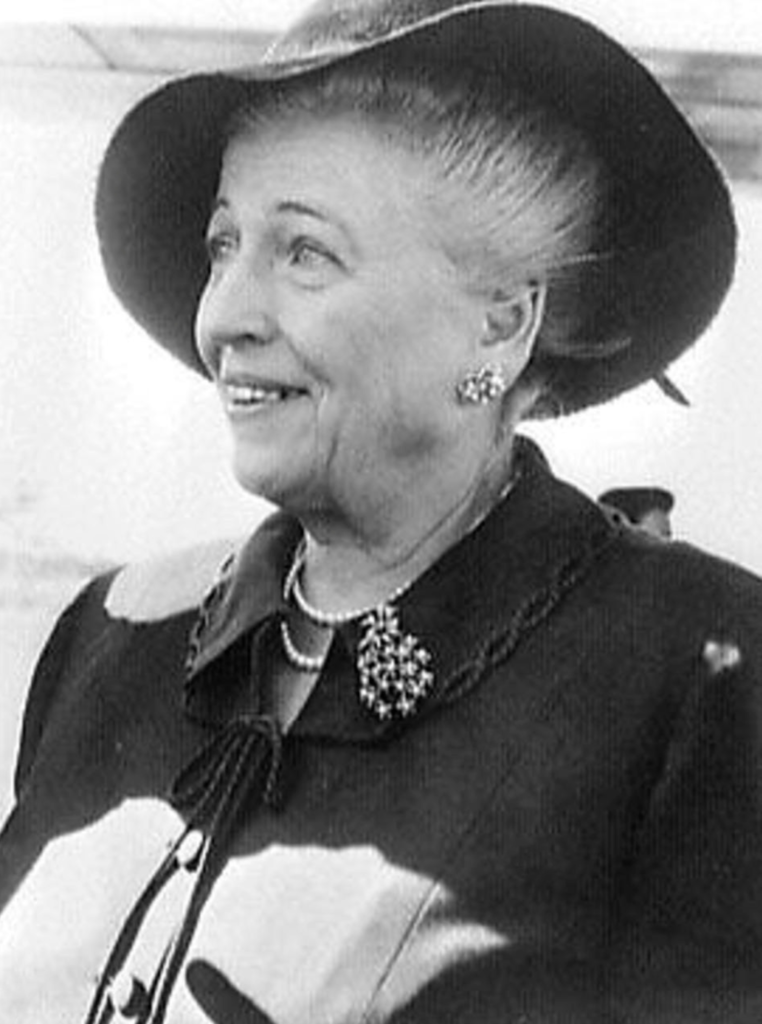
American novelist, winner of the Nobel prize for literature and numerous other literary awards. She wrote memoirs, short stories, children’s books, and highly acclaimed novels translated in many languages throughout the world.
Pearl S. Buck is best known for The Good Earth, the best-selling novel in the United States in 1931 and 1932, and which won her the Pulitzer Prize in 1932. In 1938, she became the first American woman to win the Nobel Prize in Literature “for her rich and truly epic descriptions of peasant life in China” and for her “masterpieces”, two memoir-biographies of her missionary parents.
A highly educated woman and a prolific writer, she spent most of her life in China, depicting endearing characters in poetic and realistic manner at the same time.
Pearl S. Buck was committed to a range of issues that were largely ignored by her generation. She wrote on diverse subjects, including women’s rights, Asian cultures, immigration, adoption, missionary work, war, the atomic bomb, and violence.
Long before it was considered fashionable or politically safe to do so, Buck challenged the American public by raising consciousness on topics such as racism, sex discrimination, and the plight of Asian war children.
In 1949, after finding that existing adoption services considered Asian and mixed-race children unadoptable, Buck founded the first permanent foster home for US-born mixed-race children of Asian descent, which she named The Welcome Home.
Buck combined the careers of wife, mother, author, editor, international spokesperson, and political activist, and she became well-known as an advocate for civil rights, women’s rights, disability rights, and humanitarian works.
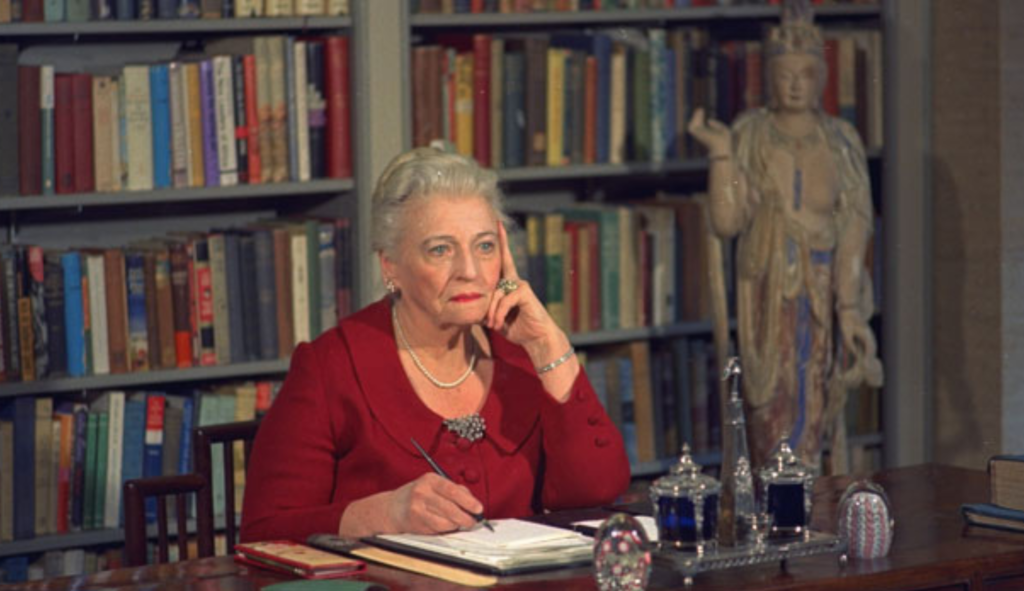
Rosa Parks
(1913 –2005)
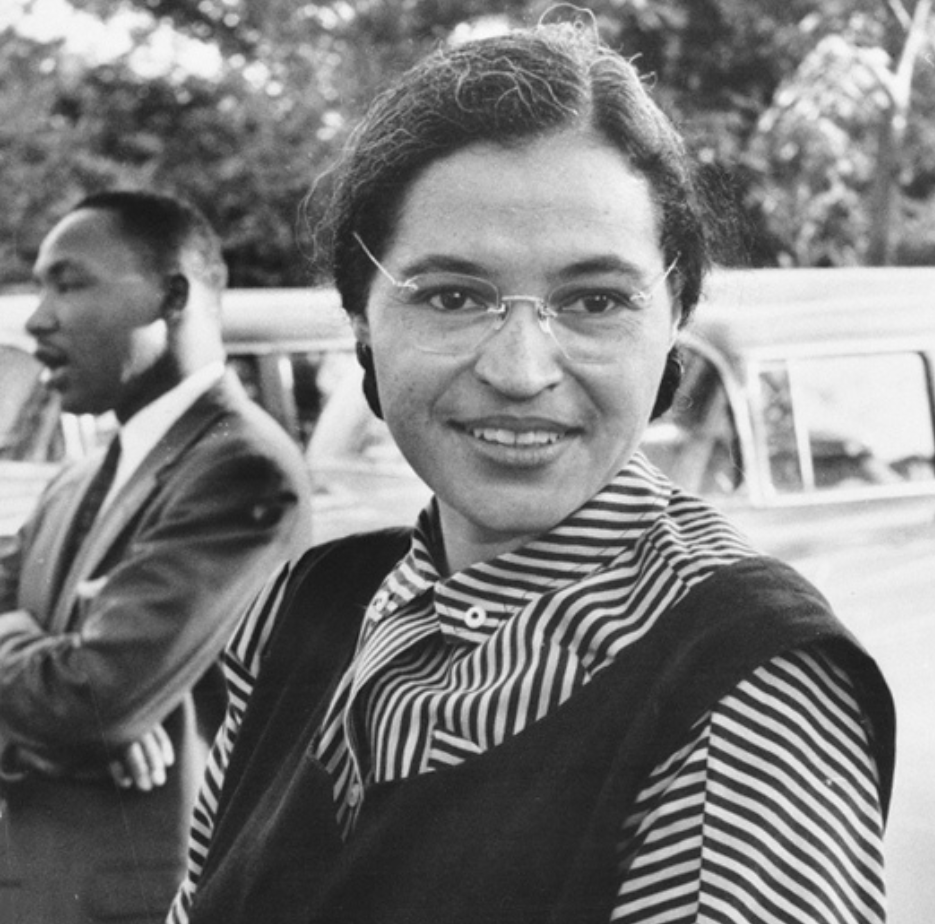
A prominent activist and civil rights leader, she became a pivotal symbol in America’s Civil Rights Movement after she refused to move to the back of a city bus in Montgomery, Alabama, in 1955, at a time when color segregation between white and black was enforced and considered legal.
Following her arrest and then release, she triggered a massive social movement that not only abolished racial segregation on public transportation in the American South but paved the way for racial equality throughout the USA and the world.

Overcoming adversities, gender and race stereotypes, Rosa Parks received numerous awards for her civic activism, and became an icon of popular culture, film, and television. The United States Congress has honored her as “the first lady of civil rights” and “the mother of the freedom movement”.
Mother Theresa
(1910 –1997)
She was an Albanian-Indian Catholic nun and the founder of the Missionaries of Charity.
Transcending religious denominations and focusing on people, regardless of their confessions of faith, in 1979, Mother Teresa received the Nobel Peace Prize “for work undertaken in the struggle to overcome poverty and distress, which also constitutes a threat to peace”.
She donated her Nobel prize money to the poor people in India. When Mother Teresa received the prestigious prize, she was asked, “What can we do to promote world peace?” She answered, “Go home and love your family.”
At the time of her death, the Missionaries of Charity had numerous branches worldwide operating clinics and community homes, offering counseling programs for the underprivileged, supporting orphanages and schools.
Portrayed in documentaries and books, films, and television, Mother Teresa has been commemorated by museums and named the patroness of a number of churches. She has had


buildings, roads, and complexes named after her.
She was honored by governments and civilian organizations and appointed an honorary Companion of the Order of Australia in 1982 “for service to the community of Australia and humanity at large”.
Some of these brave women, and many others like them, may have chosen different paths, but their life purpose and enduring missions share many commonalities. Such amazing ladies continue to influence and inspire us for generations to come.
With more or most women in power, we would all enjoy a less troubled history, and a much brighter future, where humanity prevails, and people can live in peace and harmony. Let’s do this together!





